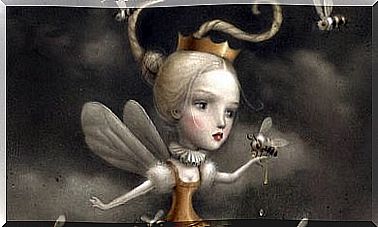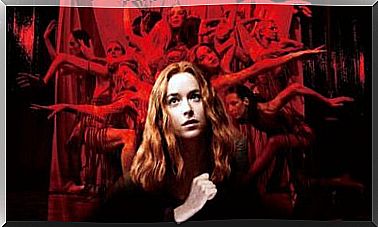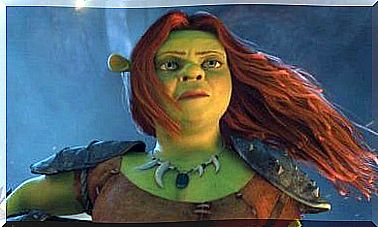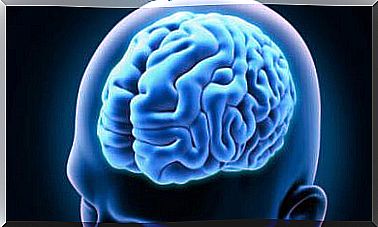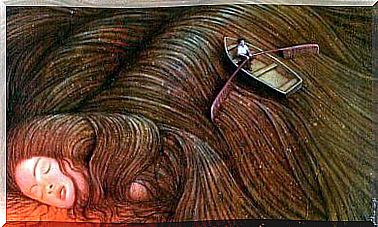Cattell’s Intelligence Model: Fluid And Crystallized Intelligence

Intelligence has been extensively studied within the psychology of individual differences. But this study caused a lot of problems due to the ambiguity of the term. For this reason, we find a multitude of models that try to explain the intellect from very different perspectives: from theories based on a single factor to
theories of multiple intelligences
. In this article, however, we will talk about Cattell’s intelligence model, which has a mixed perspective.
Raymond B. Cattell
he is one of the most emblematic authors of the psychology of individual differences and has studied intelligence in depth. This author developed a model based on two central factors: fluid intelligence (Gf) and crystallized intelligence (Gc). Cattell’s model of intelligence differs from Spearman’s unitary conception of intelligence, as it contemplates the existence of the two factors mentioned above.
To fully understand the theory developed by Cattell, it is essential to understand what the two main factors are. In the next section, therefore, we will explain what fluid intelligence and crystallized intelligence are.
Factors of Cattell’s intelligence model
Fluid Intelligence (Gf)
This factor refers to the ability to adapt and cope with new situations in a flexible way, without prior learning being a decisive help . Fluid intelligence is fundamentally shaped by primary attitudes, such as induction and deduction, relationships and classifications, the breadth of
operational memory
or intellectual speed.
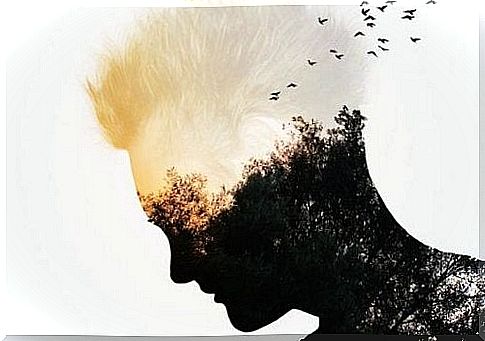
This type of intelligence is strongly linked to genetic factors and to the development of the individual . We observe that fluid intelligence reaches its maximum potential during
adolescence
. Starting from adult life this ability tends to decrease in parallel with aging and deterioration of the nervous system.
This ability can be assessed by tests that measure the biological potential that the individual has to learn or acquire knowledge. On many occasions , fluid intelligence has been compared to the hardware of intelligence , as it encompasses the aspects that support the future capacity of the individual.
Crystallized Intelligence (Gc)
This factor of Cattell’s intelligence model refers to that set of skills, strategies and knowledge that represent the level of cognitive development achieved through the history of
learning
of the subject . An example can be verbal comprehension, evaluation and enhancement of experience, spatial orientation, mechanical knowledge, etc.
Unlike fluid intelligence, crystallized intelligence has little to do with genetic aspects. This will largely depend on the learning derived from the subject’s previous experience in the cultural environment to which he belongs ; thus a subject will develop his crystallized intelligence to the extent that he invests his fluid intelligence in learning activities.
This ability is assessed through tests that evaluate the knowledge acquired through interaction with the socio-cultural environment. If fluid intelligence represents hardware, crystallized intelligence becomes software.
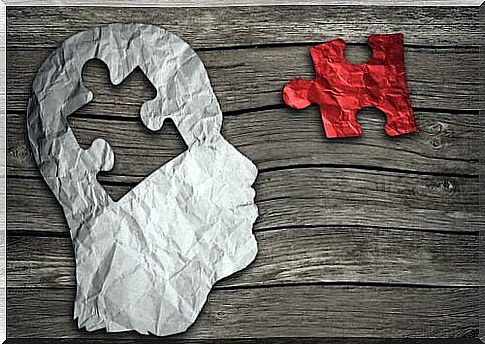
Structure of Cattell’s intelligence model
Cattell’s intelligence model structures intelligence in three hierarchical levels of different generalities. These levels are as follows:
- First-order factors : the most specific factors within the model. They contemplate the main mental attitudes such as memory, cognition, evaluation, etc. They are similar to the contemplated skills
in the Thurstone model
.
- Second order factors: of a much more general character than those of the first order. Here the fluid intelligence present and the crystallized intelligence stand out, which will determine the expression of the factors beneath them.
- Third- order factors : finally, here are the more generic aspects of the model. Here we can find historical fluid intelligence and a factor based on investment in common learning, fundamentally acquired from the school and family context.
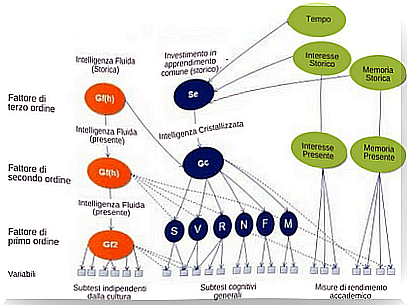
Cattell’s intelligence model shows us a factorial design based on two main factors, located at the top of the hierarchy, which will determine through a multitude of processes and reciprocal influences, the performance of each individual in the diversity of skills, strategies and knowledge. It is an interesting model that can help us to understand to a large extent the complexity of the intelligence construct and to investigate it.

